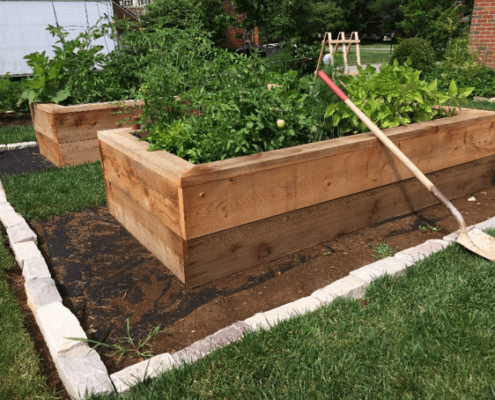Why Consider Cedar For Your Next Garden Bed
If you are looking to build a DIY garden bed, it’s important to consider the material it is made of.
Wood comes in a variety of options, but there are particular species known to be rot and insect resistant—perfect for outdoor projects. Cedar, is not only naturally insect and rot resistant, but also more durable than other wood species, like pine.
Rot Resistant
Cedar, like other rot-resistant species, has its own natural complex chemical that protect it against rot. Rot is caused by mold, termites, and other organisms feeding on the wood. Rot resistant trees such as cedar create extractives that discourage rot and promote longevity.
Durability
Cedar wood is durable due to density. Wood density is a measure of how close the grain is compacted. Cedar is categorized as a softwood, which has low density. Its density means it can maintain a constant level of moisture, which helps it last longer.
The weight of soil in your garden bed applies significant outward pressure. Materials like plastics, composite boards, or even pine can bow and flex, whereas cedar will maintain its integrity.
Beauty of Cedar
Cedar has natural tannins that vary the wood’s color and shade. The colors can range from brown to red. Lavish marks throughout the grain gives it a warm personality that looks great outdoors.
So, before you build your next Garden bed this Spring remember, cedar wood is practical and aesthetic choice. Its rot resistant, lightweight, durable, and attractive.
